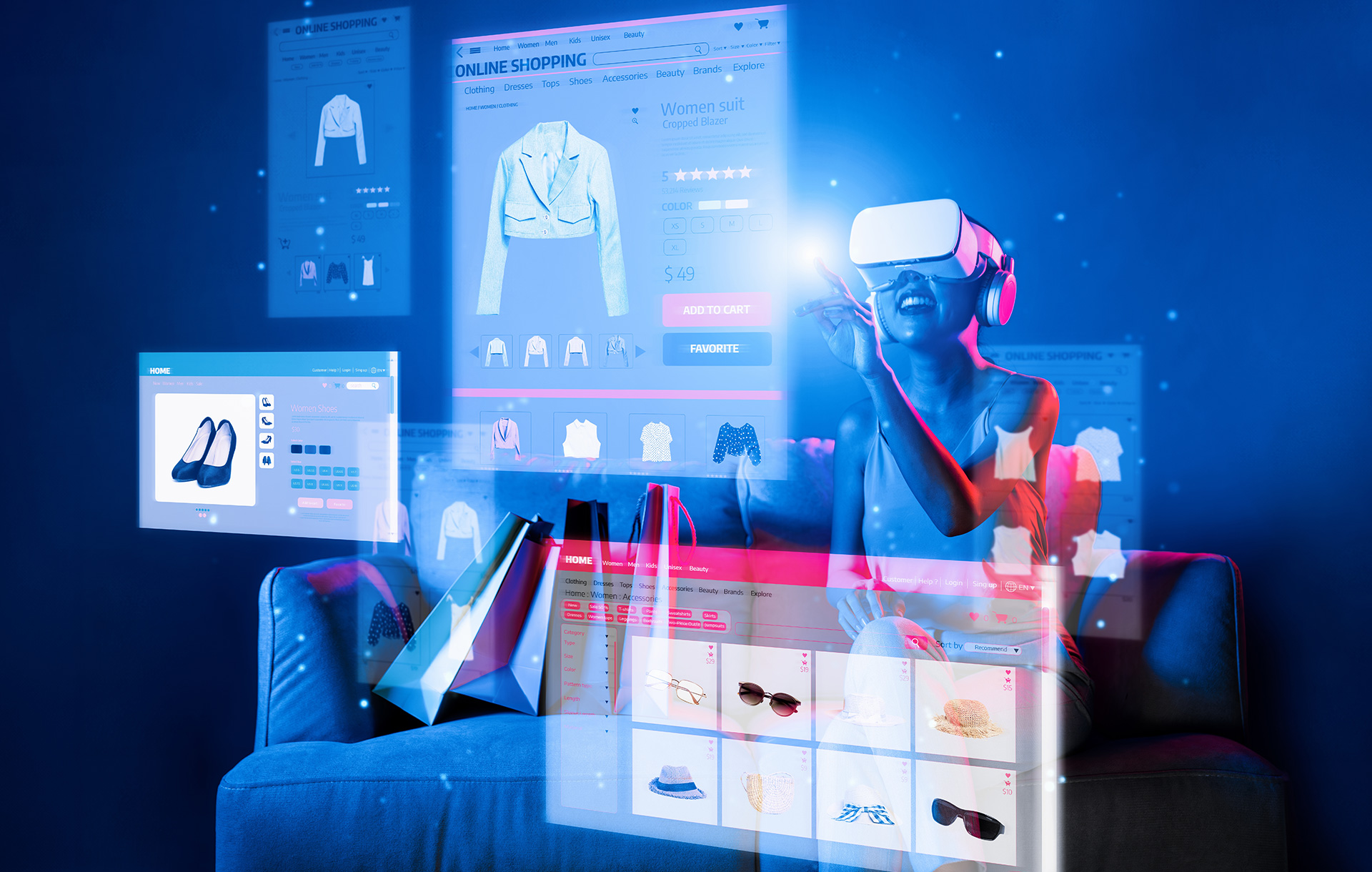How has technology changed the food market?
So Uber is now delivering food. It may not have come as a surprise to many. An increasing number of tech startups are tapping into one of the most essential, yet fragmented market: Food.
Why fragmented? Unlike many other markets, there’s no ‘winner-take-all dynamic’ in the food industry. The relationship between food and us, humans, has mostly been emotionally driven. The act of eating is very much tied to social. Take a look at the rise of food photographies or food bloggers in the media, for instance. There are almost 173,655,339 posts with #food on Instagram alone. From a Fashion brand’s snap of salad recipe to a friend who is sharing what she ate for lunch, food photos have some powerful effect in emotionally connecting with the minds and hearts (not to mention the bellies) of people.
People need and love food. Many urban consumers are becoming more particular about what they eat, from health and even social perspectives. So to what extend does an advanced digital technology make it easier to get our favourite food at our dinner tables?
Faster the better.
As people constantly seek for convenience in today’s fast moving world, food is no exception. Most of us need to eat three meals a day. And not everyone can afford to spend hours enjoying the art of cooking for every single meal.
But, the good news is that people are also – generally speaking – happy to pay for services on food. So Uber’s new service, UberEATS promises to deliver restaurant food within only 10 minutes using the same mobile app. Living in a metropolitan city like London or Los Angels, paying a couple of pounds to get quick food delivery for starving city dwellers sounds quite acceptable. As a city worker, time is money. Having quality food delivered home within 15 minutes using my app is a sort of little luxury that I can afford after a long day of work.
Of course Uber is not the only one. Just Eat, Hungry House, to name a few, they are all competing to feed the hungry diners. And people seem to be willing to pay a bit extra to get their food as quickly as possible on the dinner table.
Eating well made easy?
Along with convenience, healthy eating is also coming (back) to style. While local farmer’s markets are growing here and there, savvy consumers are also turning to the online world in search of healthy, organic and ‘free-from’ food.
From Shanghai’s salad delivery startup to LA’s chef-driven food delivery service, fast and healthier food services are trending across the world, in a wide price ranges. We are witnessing the rise of high-quality, faster food delivery services, like Plated or Blue Apron who deliver chef-designed recipes together with quality ingredients at your door steps. Just like IKEA, you only need to ‘assemble’ them based on the given easy-to-follow steps. So without leaving your office or living room, you can enjoy a meal that is just as delightful as the one you’d enjoy at high-end restaurants. But, of course, the former is more affordable.
Gousto, another example of food and technology.
Spoiled with ever-growing options
Sophisticated delivery system punched with locally sourced, sustainable ingredients is available instantly to your doors with one or maybe two taps of your smartphone button.
With a diverse range of cuisines and price ranges available in the market, it is much easier to find something palatable to hungry and picky consumers online. Some food/restaurant apps are helping you find your new favourite cuisines, based on your preferences. As the market expands for food delivery startups, we can choose from high-end or low-end, high-profile or low-profile food businesses.
On consumers’ side, growing number of food delivery startups is a good sign. As there’re more demand and competition, we will see the quality of services improve. Smart shoppers go online and compare prices. Rising competition isn’t necessary a negative thing for startups, as the increased size of customers will eventually lead to improved delivery logistics.
Wait, are we in the food bubble?
Despite the growing trend, not every innovative startup has proved the tasty success. Many haven’t yet generated significant revenues (read more ontechcrunch.com).
Not everyone who claims to be local, green and fast can be successful. Just like other tech companies, many are wary of the hype surrounding food tech startups who worth tens of millions of dollars. Whether it is simply overvalued or is actually carries true value is hard to assess at this point. But at least it addresses the ‘shared thinking among every food enthusiast these days’. That is, the food we eat should be locally sourced and sustainable.
While there are still uncertainties remaining to be solved (to what extent can local farmers benefit from growing food startups?), this is still an exciting new area to tap into.
What do you think?
Appnova is a digital agency specialising in web design, UX, eCommerce, branding, digital marketing and social media.
Keep following us on Twitter @appnova and “like” us on Facebook for useful news and tasteful digressions about geeky stuff.








Such a fitting article on the whats, whys and change in the food market. It is hard to deny that at-home-delivery is a blessing from many, even though, it comes with its own set of cons. It has spoiled us for choice, a lot of start-ups haven’t been extremely successful, but at the end of the day, it is genius that you can enjoy your favourite restaurant food, right at home.